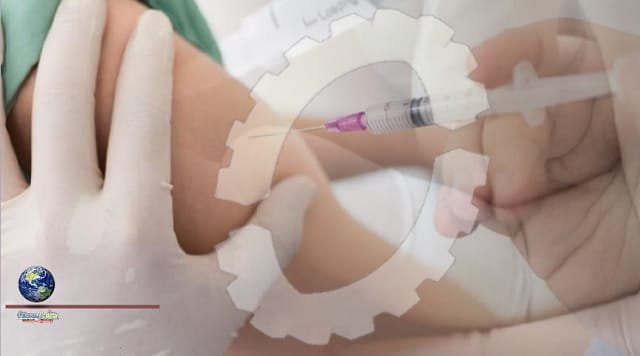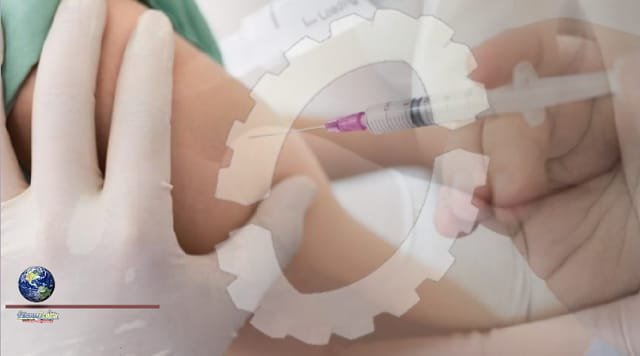Coronavirus disease 2019 (COVID-19) has been the world’s greatest respiratory virus pandemic of this century, with over 505 million SARS-CoV-2 cases and 6.2 million fatalities worldwide, including over 100,000 deaths in the United Kingdom (UK).

SARS-CoV-2 vaccines, like the messenger ribonucleic acid (mRNA) vaccines (BNT162b2) and the chimpanzee adenovirus vectored vaccine ChAdOx-1 nCoV-19 AZD1222, became available by the end of 2020. The management of COVID-19 necessitates a thorough understanding of immune responses to SARS-CoV-2 vaccinations.
The SARS-CoV-2 infection and reinfection evaluation (SIREN) is a longitudinal analysis involving nearly 44,000 healthcare personnel in the UK. It was established to determine the influence of SARS-CoV-2 infection and reinfection on immunity, but it has since been used for in-depth investigation of COVID-19 vaccination responses.
he goal of the present study was to delve into the factors that impact antibody response to the SARS-CoV-2 BNT162b2 vaccine.
In a cross-sectional study, the investigators examined anti-SARS-CoV-2 S binding antibodies in blood samples from healthcare professionals after one or two BNT162b2 vaccine shots from the SIREN study. After BNT162b2 vaccine doses 1 and 2, the post-vaccination period was limited to ≥3 weeks and ≥3 weeks, respectively.
Anti-S titers following SARS-CoV-2 infection or vaccination were the main outcome of the current study, with vaccine dose, prior COVID-19, dosing gap, gender, age, comorbidities, the timing between vaccination and sample collection, and ethnicity acting as explanatory variables. Further, the authors also performed a multivariable linear regression.
The study results indicated that among the 5,871 BNT162b2 vaccinated participants included in this investigation, 3,989 individuals were the recipients of the first BNT162b2 vaccine shot, and 1,882 belonged to the post-dose 2 category. After BNT162b2 dose 1, 99.65% of SARS-CoV-2 infection-naive subjects were seroconverted, and >99.9% were seroconverted following dose 2.
the geometric mean anti-S titer in the naive group was 75.48 BAU/ml, and following dose 2, it was 7,049 BAU/ml. Anti-S titers were elevated in 7,131 individuals who had previously been infected with SARS-CoV-2, with 2,111 BAU/ml after dose 1 and 16,052 BAU/ml following dose 2, respectively, which rose with the time between SARS-CoV-2 infection and COVID-19 vaccination: three months (1,970) versus nine months (13,759). After two vaccination doses, anti-S titers were substantially greater than after SARS-CoV-2 infection alone.
Longer dosing intervals boosted antibody response following dose 2 across all age categories: individuals with longer intervals, i.e., more than 10 weeks, had an 11-fold greater antibody response than those with shorter intervals. Additionally, the mean antibody titers of the younger subjects were >2.2-fold greater.
Source: This news is originally published by medical
